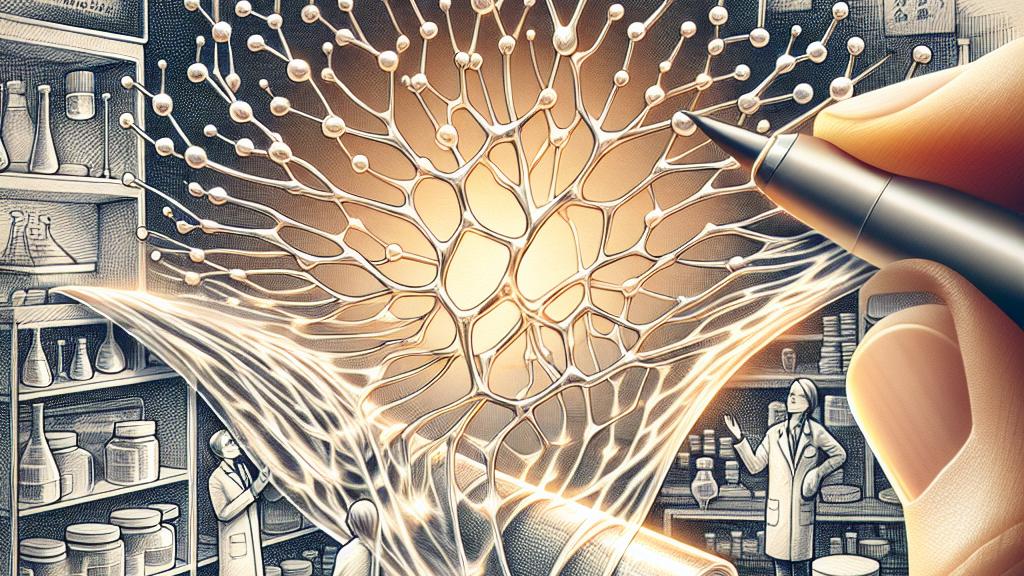MIT Develops Tiny Film to Protect Nerves Like Insulation Tape
Overview
- MIT has brilliantly engineered a flexible polymer film designed to envelop neuronal cells, similar to insulation tape.
- This pioneering film holds immense promise for treating nerve damage and greatly enhancing the functionality of neural interfaces.
- With the ability to respond to light, the film can dynamically alter its shape, allowing it to seamlessly adapt to various intricate cellular architectures.

A Remarkable Breakthrough with pDR1M Film
At the Massachusetts Institute of Technology (MIT), researchers have achieved a remarkable feat by developing the pDR1M film, an innovative flexible polymer that can carefully wrap around delicate neuronal structures. This film, made from a state-of-the-art azobenzene compound, showcases an extraordinary ability: it changes shape upon exposure to light, combining flexibility with precision. Picture it resembling insulation tape protecting electrical wires; this revolutionary film acts as a vital safeguard for nerve cells, promoting a conducive environment for their recovery after injury. Such innovations, contrasting simple protective films, emphasize how advanced materials can transform our understanding and treatment of neural conditions.
Expansive Applications and Bright Future Prospects
The potential applications of the pDR1M film are not only extensive but also groundbreaking. For instance, within the context of treating neurodegenerative diseases, this film could prove crucial in conditions like multiple sclerosis—where the protective myelin sheath surrounding nerves deteriorates. By mimicking natural myelin, pDR1M may facilitate the restoration of neuronal functions, offering new hope to patients. Additionally, envision a future where this film integrates intricate electronic circuits, enabling it to monitor neural signals in real-time. Imagine wearable devices that assess neural health continuously, adjusting treatments based on immediate feedback—a transformative approach that could revolutionize personalized medicine and rehabilitation for individuals with neural injuries.
Exploring Neurons and the Promising Future of Neurotechnology
A profound understanding of neuronal structures is essential for advancing neurotechnology. Recent research has illuminated that neurons are intricate entities composed of critical components such as axons and dendrites, which facilitate seamless intercellular communication. As we delve deeper into these complexities, pDR1M film emerges as a transformative tool for neural interfaces. With its potential to enhance and even restore lost neuron functions, this polymer holds the key to addressing various neurological disorders. By intertwining advancements in material science with neuroscience, researchers are opening exciting pathways filled with possibilities that could reshape our approach to brain health and repair. The exploration of this intersection fosters hope for innovative therapies, illustrating a future that could dramatically improve the lives of countless individuals grappling with neural challenges.

Loading...